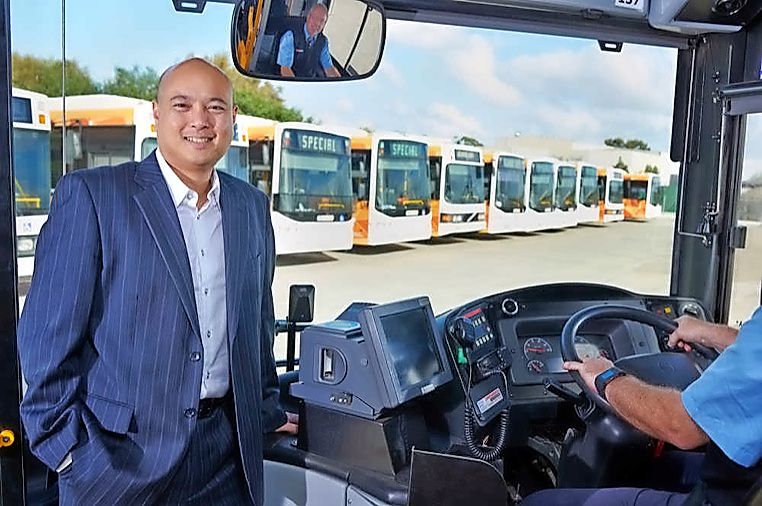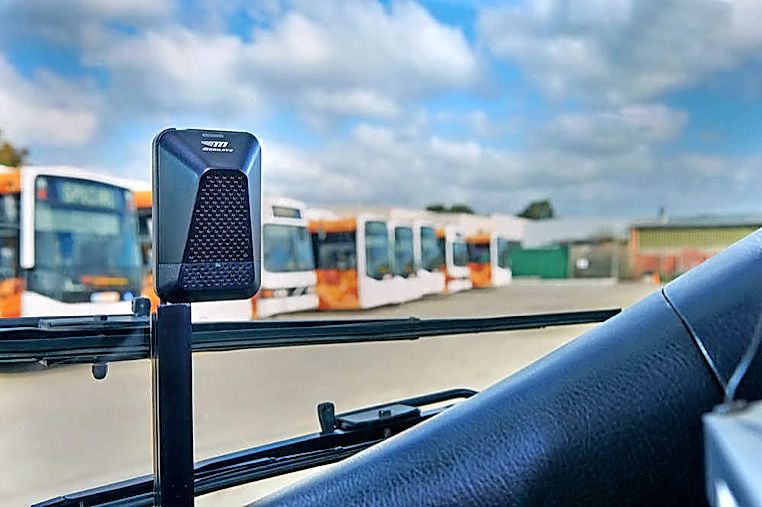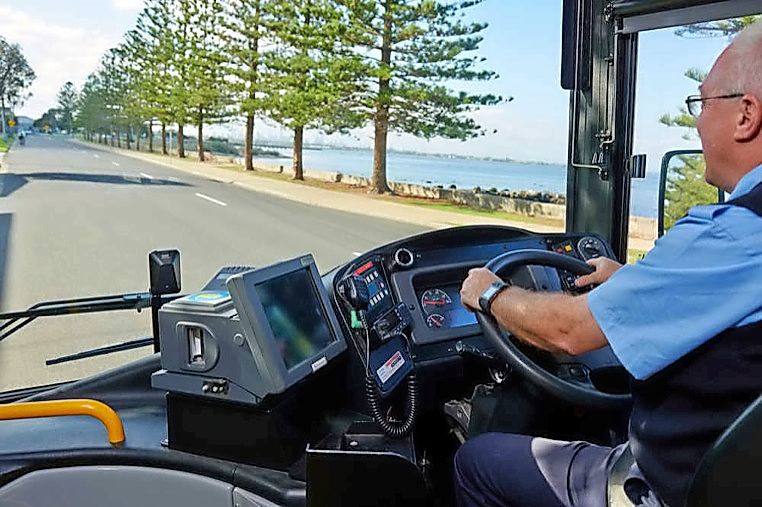
A bus operator in the west has installed cutting-edge collision-avoidance technology across its fleet of vehicles.
The ComfortDelGro Corporation Australia (CDC) has depots in Sunshine, Altona and Werribee, and services suburban bus routes in areas including Werribee, Hoppers Crossing, Tarneit, Williams Landing and Wyndham Vale.
Last week, CDC became the largest bus company in the nation to adopt the Mobileye Advanced Driver Assistance System.
The early-warning system has been installed in more than 1000 CDC buses – the majority of its fleet.
The Mobileye system consists of a forward-facing visual sensor that monitors the road ahead and, using artificial vision, is capable of human-level perception.
It alerts drivers when it senses the potential for the bus to start tailgating another vehicle, be involved in a forward collision or start speeding.
The system also alerts bus drivers when it senses a potential collision with a pedestrian or a cyclist.
The CDC chief executive Nick Yap said the business was pleased to invest in technology to enhance the safety of drivers, passengers and other road users.
“Australian roads are becoming increasingly congested and we are taking a step towards the future of transportation technology,” Mr Yap said.
FleetSafe, a division of The Car Kit Company, installed the Mobileye system on CDC’s bus fleet.
The managing director of FleetSafe, Clive Rogers, said that while collision-avoidance technology was available in many new car models, Mobileye allowed the same level of safety to be installed in older vehicles such as buses, trucks and vans.








